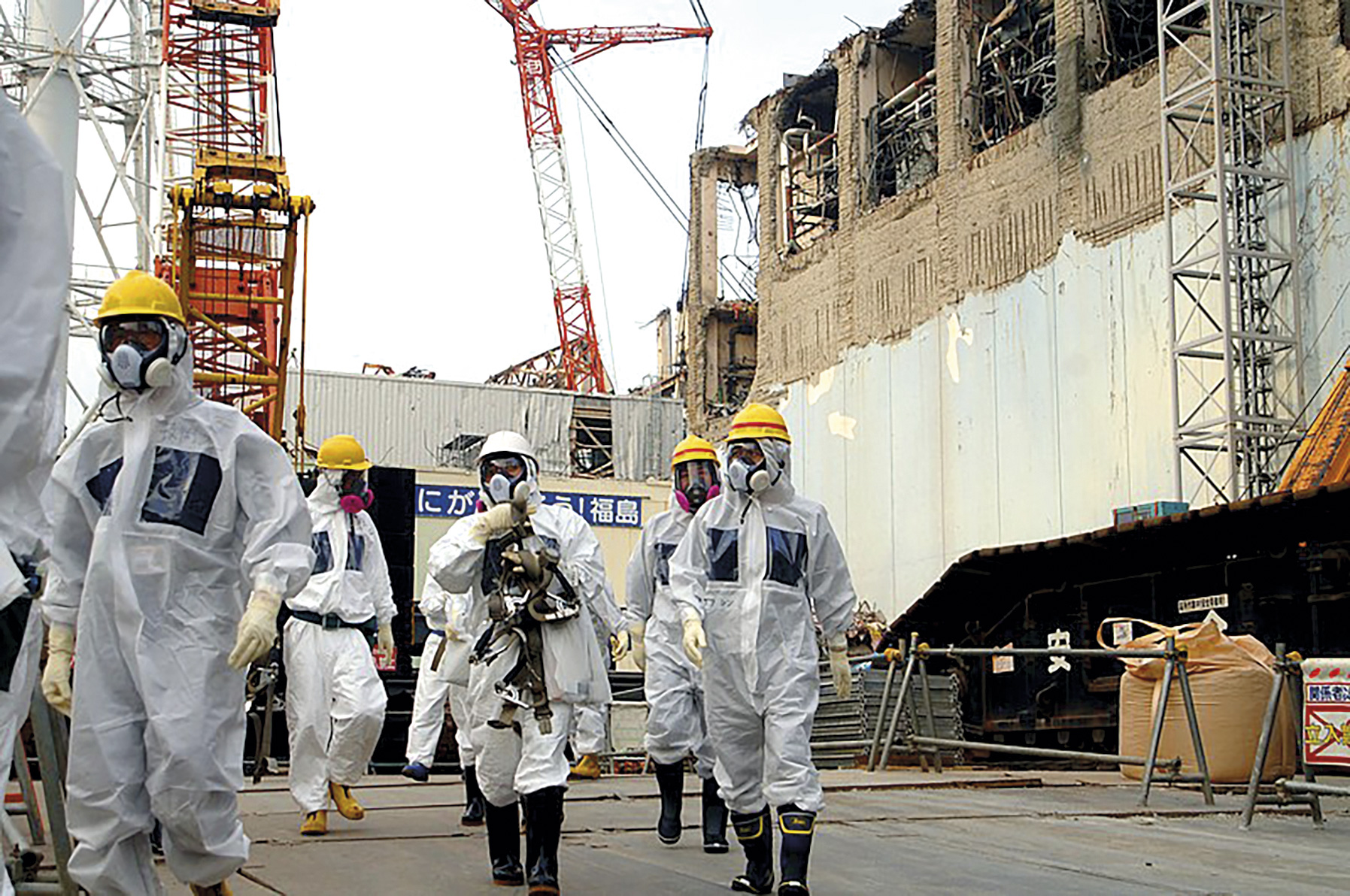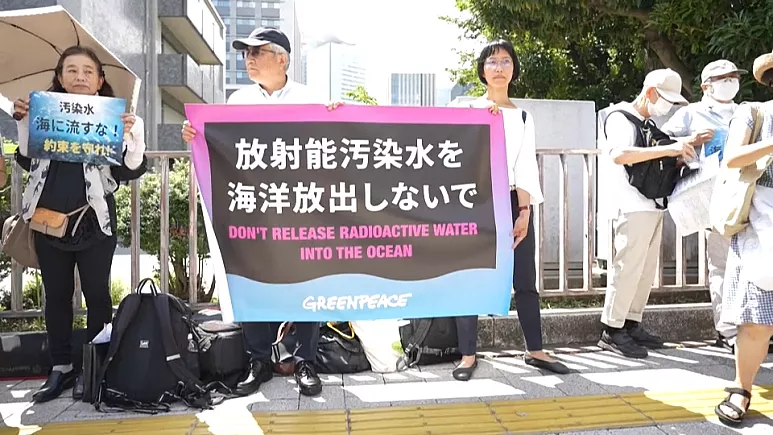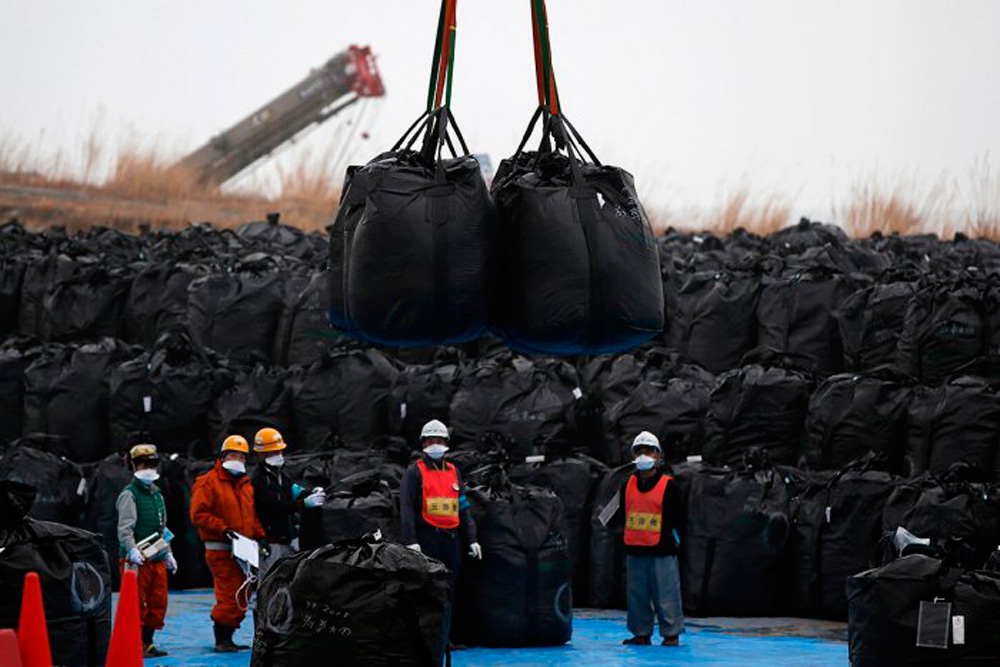The Japanese Government will throw a million tonnes of contaminated water into the sea in Fukushima
- The Japanese Government has reported that it has decided to release one million tonnes of contaminated water from the Fukushima Daiichi nuclear power plant. Contaminated water since the accident in 2011 has been collected in water tanks and has become a serious problem.

According to several media reports, the release of contaminated water, which is being collected in more than 1,000 tanks, would start in 2022 and take decades to carry it out. According to the news agency Kyodo, the decision could be communicated by the government at the end of this February. In addition to the possibility of discharging polluted water into the sea, other alternatives were available, such as evaporation or the construction of new deposits in other areas.
Until September, 1.23 million tonnes of water contaminated by the water mix was stored, with which the three damaged cores in the reactor were removed.
Fishermen and ecologists protest
Local fishermen have denounced that the decision has been a major blow to their profession, which was seriously affected since the March 2011 nuclear accident. In response, the Government has said that it will boost the Fukushima products and that it will respond to the concerns of the fishermen in the area. Environmental groups, for their part, have also been against the measure.
South Korea had banned the import of shellfish into the Fukushima region at the time of the accident. It has often expressed concern that the discharge of contaminated water poses a "serious threat" to the marine environment.
The Fukushima nuclear power plant exploded on 11 March 2011. The images that were broadcast on television perpetuated the moment of the explosion and the subsequent white cloud in the sky. In the news of the coming days and months Fukushima had special relevance, but the speed... [+]






















